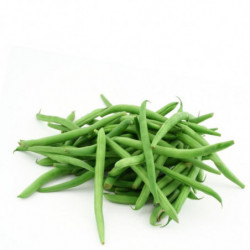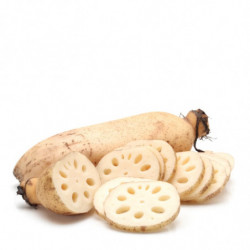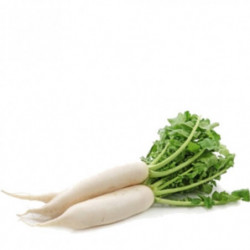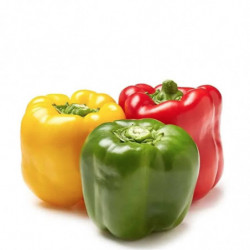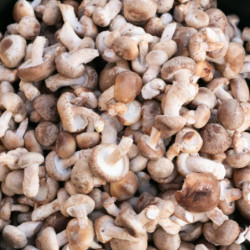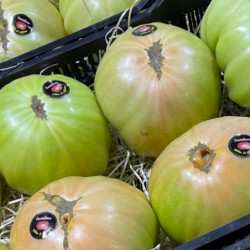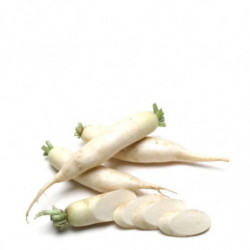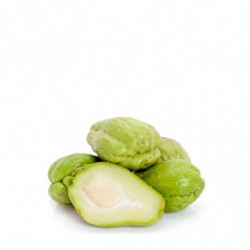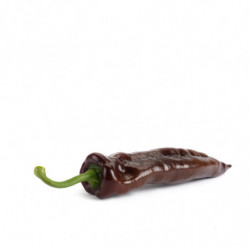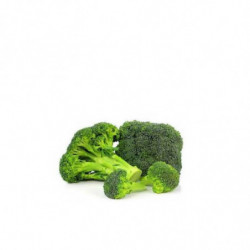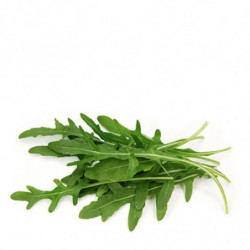Round Beans Cultivation
Round beans are a variety of beans commonly cultivated and consumed worldwide. They are an important source of proteins, fiber, iron, and B vitamins, and are used in a wide variety of dishes, from salads to stews and soups. Round beans originate from Central and South America, believed to have been cultivated there for over 7,000 years. They were brought to Europe by Spanish and Portuguese explorers in the 15th century, and since then, they have become an important part of the Mediterranean diet.
Cultivation of Round Beans
Round beans are relatively easy to cultivate and can grow in a variety of climates and soils. They should be sown in spring or summer in well-drained, fertile soil. Seeds should be planted at a depth of 3 to 5 cm and spaced at least 8 cm apart. Round bean plants need periodic watering and should be watered once a week during dry periods. They should also be fertilized regularly, using a slow-release fertilizer at the time of planting and a liquid fertilizer once a month after germination. Round beans are ready to be harvested 70 to 90 days after planting. Pods should be firm and of uniform color, and the seeds should be full and shiny.
Health Benefits of Round Beans
Round beans are an excellent source of proteins, fiber, iron, and B vitamins. They are also low in fat and calories, making them a healthy option for people looking to lose weight or maintain a healthy diet. Round beans have been shown to have health benefits, such as reducing the risk of cardiovascular diseases, improving blood sugar control in people with diabetes, and preventing cancer.
Cooking with Round Beans
Round beans are a versatile ingredient that can be used in a wide variety of dishes. They are an excellent addition to salads, soups, and stews, and can also be sautéed or baked.
